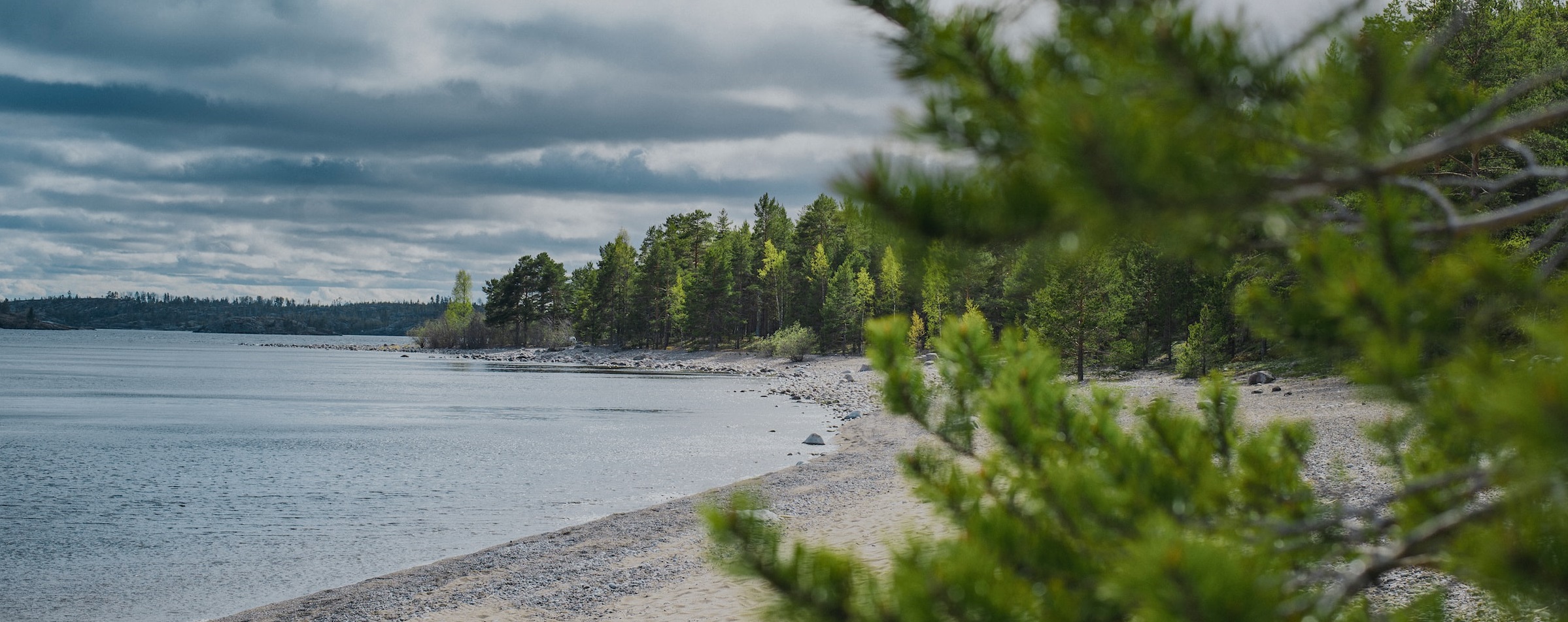Nuvulauai
The Nuvulauai are not an especially diverse culture; consisting predominantly of birdfolk living in the frigid far south, they attract only the occasional traveler for business, and fewer for pleasure, but they're quite aware of how the outside world perceives them and are just fine with things staying as they are. Their subsistence practices consist mainly of hunting, fishing, harvesting plants when they're available, as well as whaling when the opportunity arises. Their ability to fly gives them a distinct advantage over land-locked humanoids when it comes to tracking, but they take care to not hunt more than they need. To devote time and energy hunting perfectly good meat only to allow it to go to waste would be a sign of great incompetence.
The Nuvulauai who live in Nuvulau share their only land border with the O'rauven Wildlands. Cartographers would say that the border is fuzzy at best, hotly debated at worst; the Nuvulauai simply know where and when is and isn't safe. Having lived alongside the feywild's faults for generations, they have become accustomed to ways in which they tend to shift over time. Much like ordinary fault lines, those leading to the feywild may be stagnant for long periods of time with occasional high levels of activity, or they may have lower, more consistent levels of activity.
Whatever their typical patterns, the Nuvulauai parents begin teaching their children what signs to look for as soon as they're able to walk, making them commonly sought out as travel guides for the rare person looking to traverse the Wildlands by land. Such interactions are often the most extensive Nuvulauai have with outsiders; some are pleasant enough, others ask jeering questions about their diets, the musical sound of their accents, whether or not their women lay eggs, and so on. Such outsiders quickly learn that "turning the other cheek" and "grin and bear it" are not taught in Nuvulau.
Aelaʻēe
Music and dance plays an important role in Nuvulauai culture. At least some sort of dance is to be expected at any and all special occasions; births, weddings, beginnings and endings of particular hunting seasons, a child's first whale hunt, etc. These celebrations often have a strict dress code that makes them rather inaccessible to outsiders. The garments, known in Nuvan as aelaʻēe, are quite decorative. The aelaʻēe usually consist of a knee-length gown worn underneath a long, high-necked jacket with a thick belt around the waist. The dress is often plain, sometimes dyed a solid color with the jacket and belt being the true stars of the show. The jacket is hand-painted with vibrant dyes traded for from the Wildlands, done in brightly colored patterns with particular designs often being passed down through families. The belts are usually at least 3 inches (7.5cm) in width, sometimes larger or smaller depending on the size of the individual. They are decorated with whale bone beads, often with seed beads used to make a fringe, and larger, more elaborately carved beads being sewn into the belt itself. Feathers are also incorporated into the belt. The age of the owner of an aelaʻēe can sometimes be estimated by the feathers in their belt; typically given to the wearer by family and close friends, the amount of feathers will grow to become more numerous as the wearer gets older. The shafts of the feather are sewn into the underside of the belt, with the plumage pointed downwards.




this is amazing, I especially love the section on music and dance and the attire they wear. The belt gaining more and more feathers with age and it being the centerpiece of the outfit very unique.
When you’re writing you’re trying to find out something which you don’t know. - James A. Baldwin
Thank you! I've been meaning to get more into designing traditional clothing styles and items for my cultures since I haven't really done it much before, so this was my first go at it.